🧭 The Problem: Domestic Sales Plateau—and Global Feels Risky
Many sellers hit a revenue ceiling in their home market. The logical next step?
Go international.
But without a roadmap, sellers run into:
- Unclear tax and customs rules
- Language barriers
- Poor local search visibility
- Listings that don’t resonate culturally
- Delayed fulfillment or returns issues
📉 Result: Expansion attempts burn cash and stall growth.
🌍 The Solution: Expand Smart—Plan, Localize, and Automate
Global expansion doesn’t mean “copy and paste” your listing to other countries.
It means strategic localization, market-specific optimization, and operational readiness.
Let’s walk through the playbook.
🧳 7 Smart Moves for Global Amazon Expansion
1. Pick the Right Market First
Start with countries where:
- You understand the buying behavior
- Amazon has strong fulfillment support (FBA)
- Language isn’t a major barrier
✅ Top picks for US sellers:
- Canada
- UK
- Germany
- Australia
- UAE
🗺️ Use Amazon Global Selling’s Market Finder to compare opportunity size and competition.
2. Localize Listings—Don’t Just Translate
Real localization means:
- Native-language copywriting (not Google Translate)
- Localized keyword research
- Relevant product use cases and slang
- Pricing in local currency + culturally relevant pricing strategies
🧠 Example:
Selling yoga mats in Germany? Add keywords like “umweltfreundlich” (eco-friendly) and adjust measurements to centimeters.
3. Understand Taxes & Legal Setup
Key considerations:
- VAT registration (especially in EU)
- Local business entity or tax representative
- Customs brokers for regulated products
- Terms of sale (DDP, DDU)
🔍 Use tools like SimplyVAT, Avalara, and Amazon’s Marketplace Tax Collection support.
4. Use Global FBA When Possible
Amazon can:
- Store inventory locally
- Handle international shipping
- Manage returns in local language
📦 Enroll in Pan-European FBA or North America Remote Fulfillment for cross-border ease.
5. Run Country-Specific PPC Campaigns
Don’t assume keywords or behaviors are the same globally.
✅ Break campaigns by region
✅ Use native-language ads
✅ Use ASIN targeting for local competitors
Tools like Perpetua, AdBadger, and Amazon Advertising Console help automate this.
6. Adjust Customer Service Standards
In Germany, response time is critical.
In Japan, packaging matters.
In the UK, politeness and clarity win.
📬 Either outsource local CS via Amazon or prep native responses via templates.
7. Build Local Social Proof
Ask for reviews in local language
Feature native customers in A+ content
Use country-specific trust symbols or testimonials
🧩 The more “local” your brand feels, the better you’ll convert.
🧠 Real Seller Expansion: US to Germany
An electronics brand launched in Germany by:
- Hiring a local translator
- Using DE-based PPC agency
- Localizing listings and A+ content
- Enrolling in Pan-EU FBA
📈 Result:
- +36% sales in 3 months
- +21% repeat customer rate
- +5.0 rating average (vs. 4.3 in US)
🧰 Tools to Ease Global Expansion
- Amazon Global Selling – for market entry resources
- Helium 10 + Cerebro – for international keyword research
- VATGlobal / SimplyVAT – for VAT management
- ZonGuru – for listing localization
- Intercom / Gorgias – for multilingual customer support
🔗 Internal & External Links
🌐 Final Takeaway: Think Global. Act Local.
International expansion is no longer optional—it’s your growth engine.
But global success comes from hyper-local strategy. Speak their language. Respect their culture. Deliver at their speed.
🛫 Go global—but land locally.



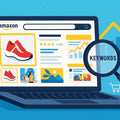
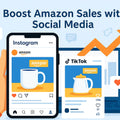

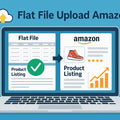

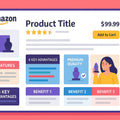
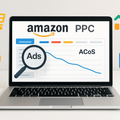
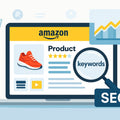

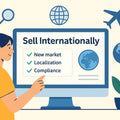
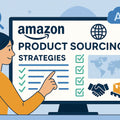
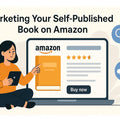
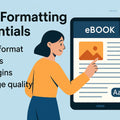

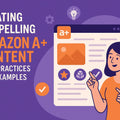
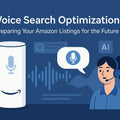




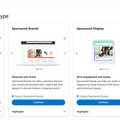



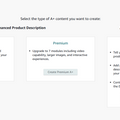




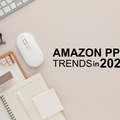





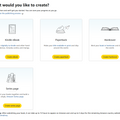





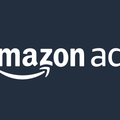




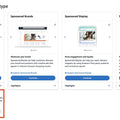





Comments
Leave a comment